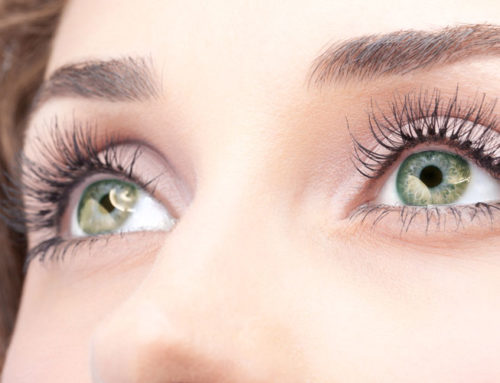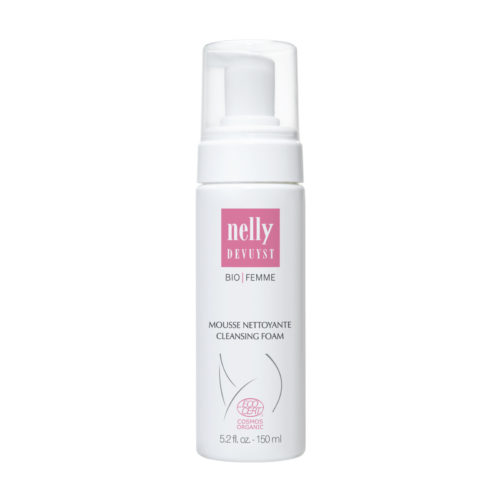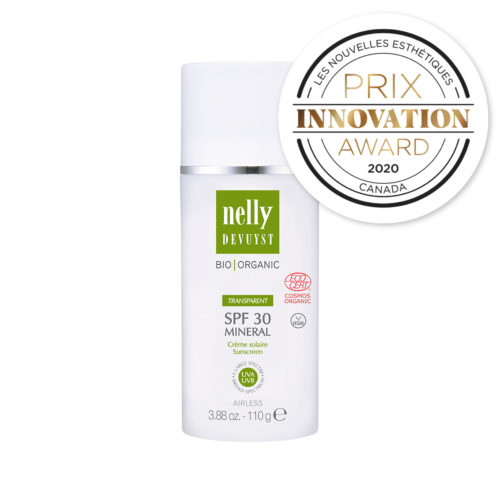What is the difference between dehydrated and dry skin types and how to choose the right formula for lasting hydration?
Here is a nice opportunity to talk about the differences between dry-dehydrated skin that is lacking water due to trans epidermal water loss and dry-alipidic skin types that are lacking oil-lipids.
When looking at skin types, it is important to remember that there are intrinsic genetic factors and extrinsic lifestyle factors that play a role in the condition of our skin. Today’s focus will be on the extrinsic aspects that we can control but first let’s take a look at what defines a healthy and balanced skin.
The hydro-lipid barrier or the acid mantle of the skin is our first line of defense against external irritants. It is comprised of water and oil that creates a hydrating protective barrier that is also home to your microbiome. When our barrier is health, it prevents dehydration by preventing transepidermal water loss. It also helps to mediate the inflammatory response by our Langerhans and keratinocyte cells.
In winter our lipidic barrier is affected by both internal and external factors. In winter our skin does not produce as much sebum/oil, our skin feels tight and we can also notice more dehydration. This can be compounded by less humidity in the air and within our environments. The lack of lipids contributes to dehydrated skin through water evaporation.
What we put on our skin and what we eat is essential when dealing with dehydrated or alipidic dry skin. Macronutrients in the form of lipids and micronutrients such as vitamins and minerals work together to maintain the barrier functions of the skin. In winter try to increase your intake of water, essential fatty acids, antioxidants, and minerals such as zinc and silica.
Winter tip
If spending time out doors on a cold day opt to layer your favourite oil or extract under your moisturizer to better protect your skin. Looking for an ultra-nourishing mask upgrade? And add ten drops of oil under your weekly mask for an instant winter glow!










